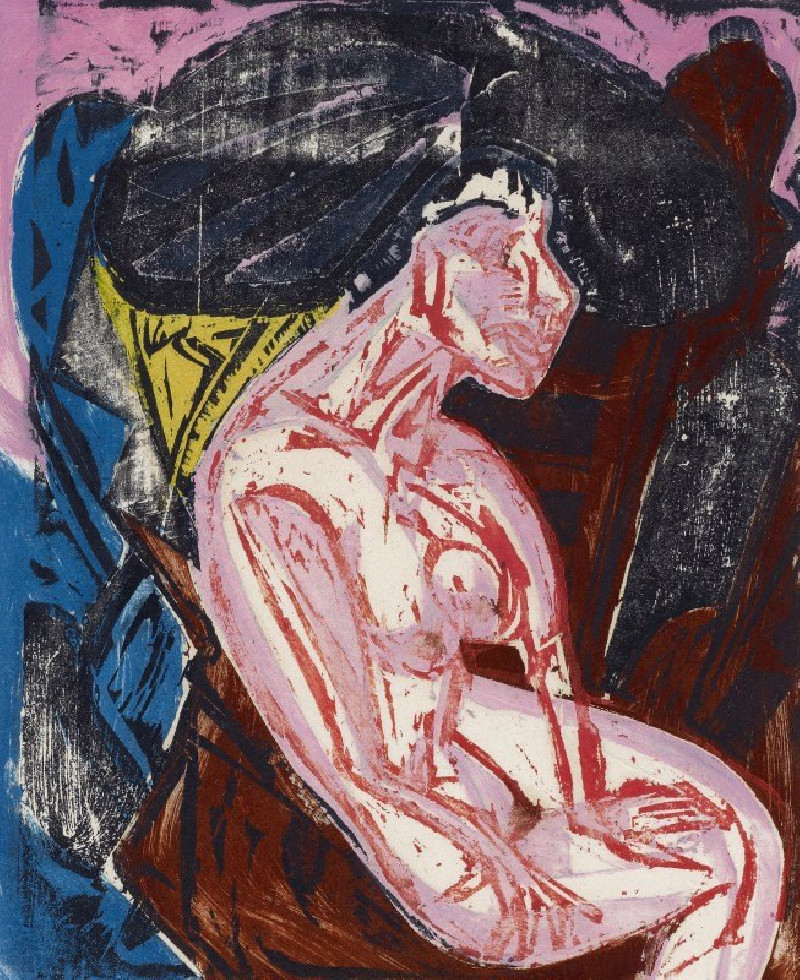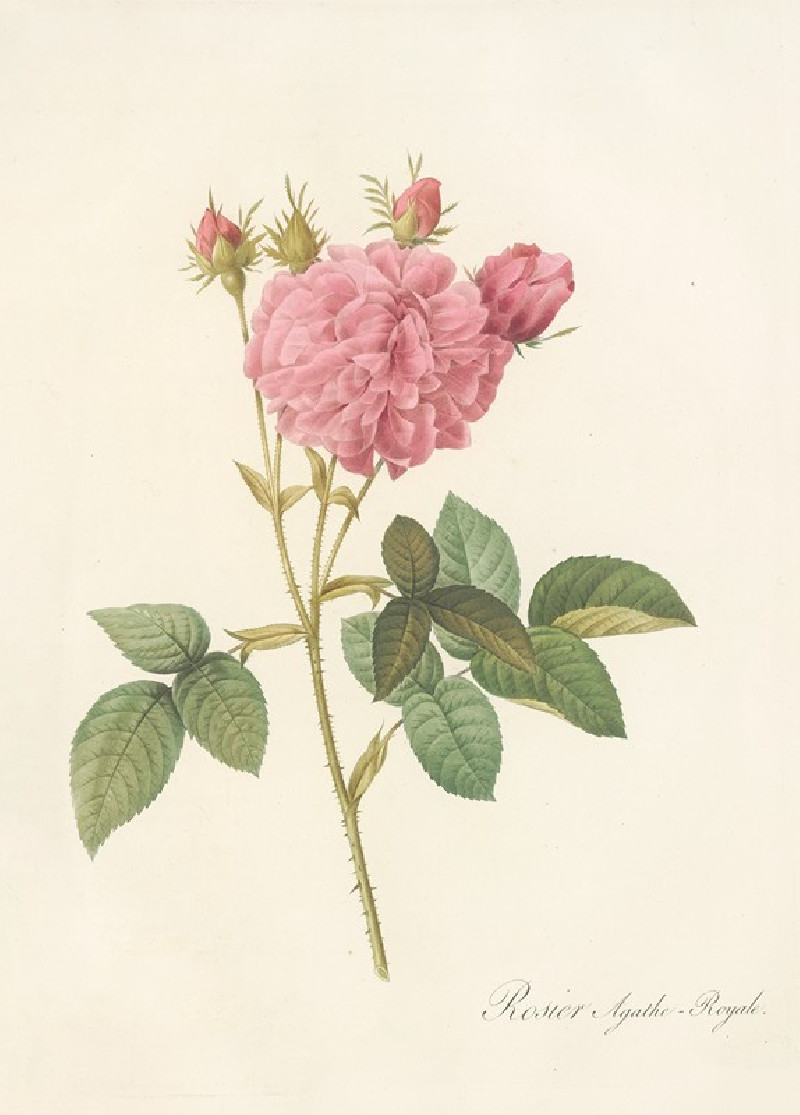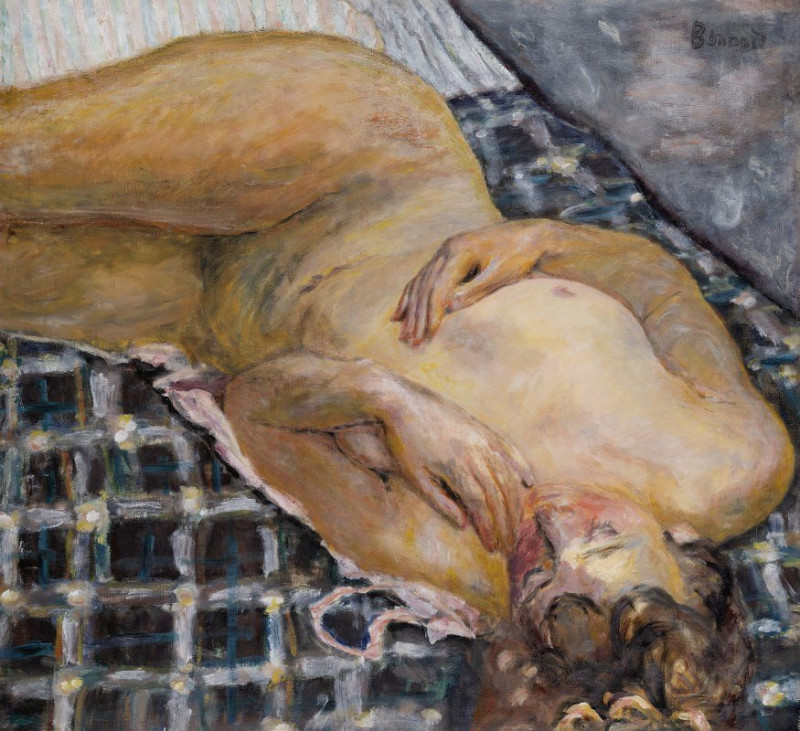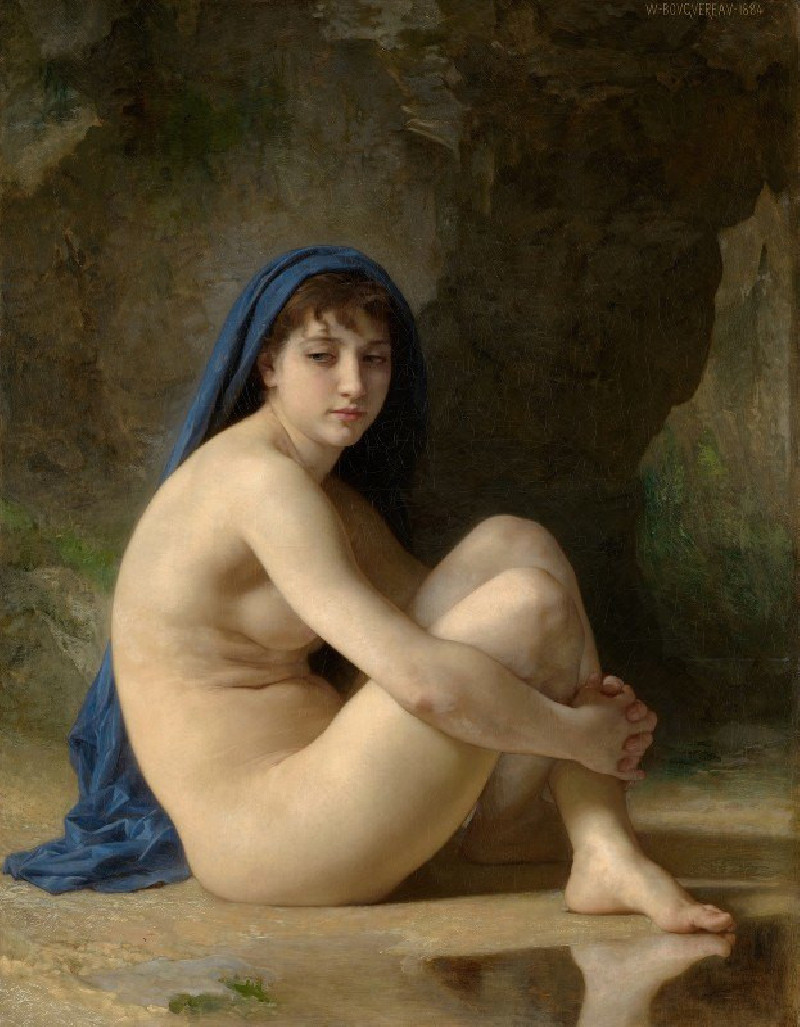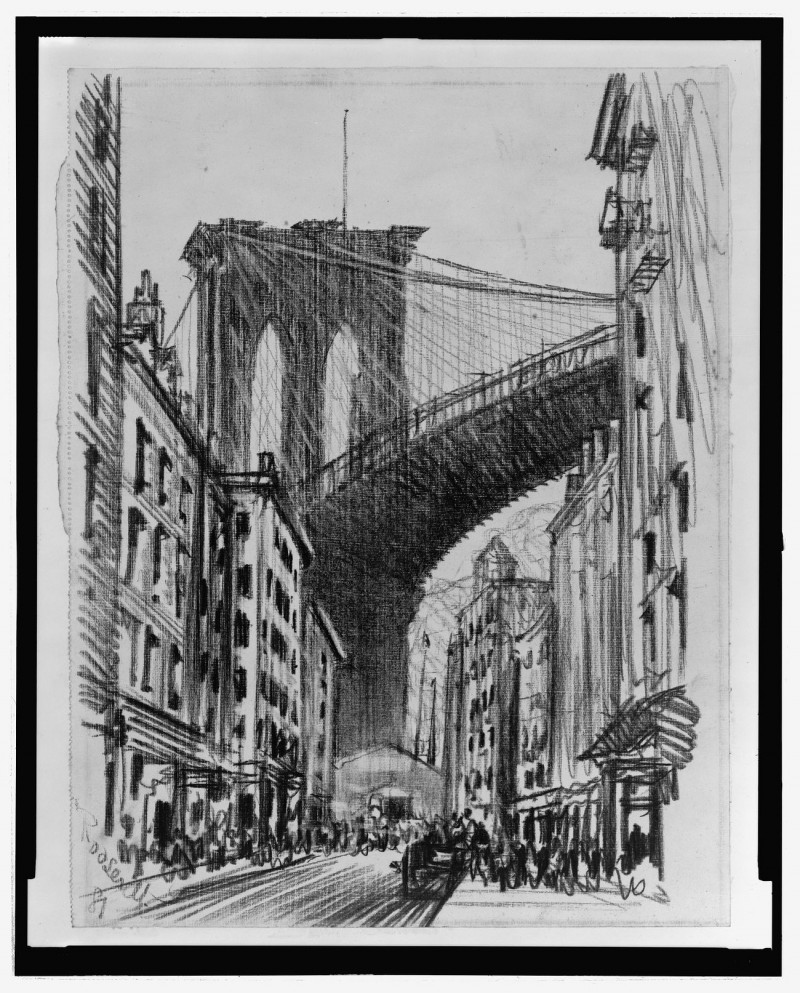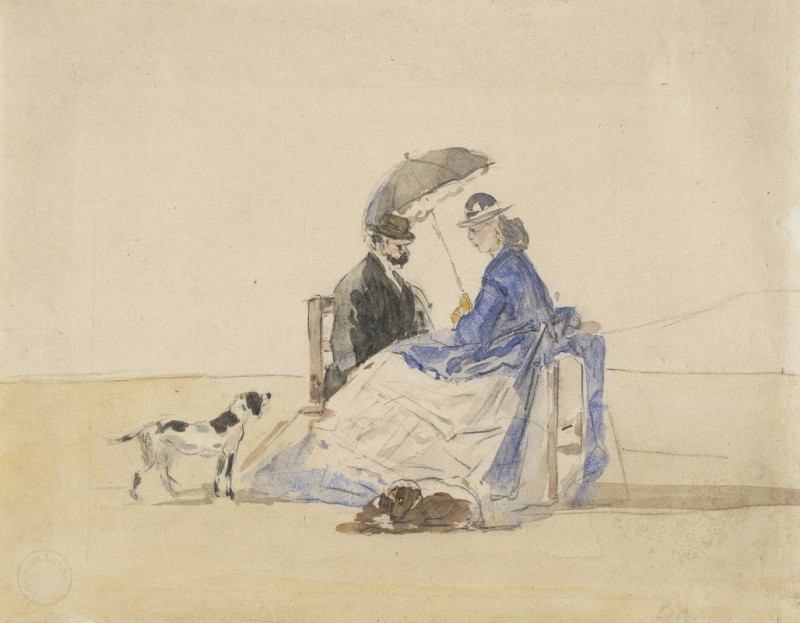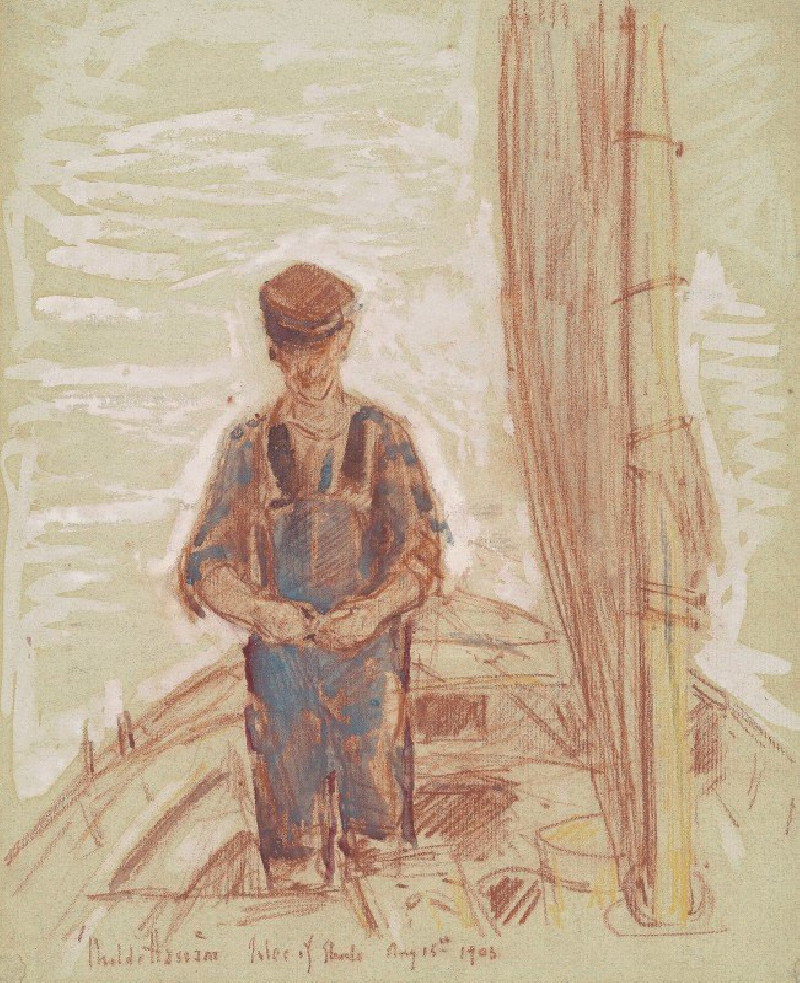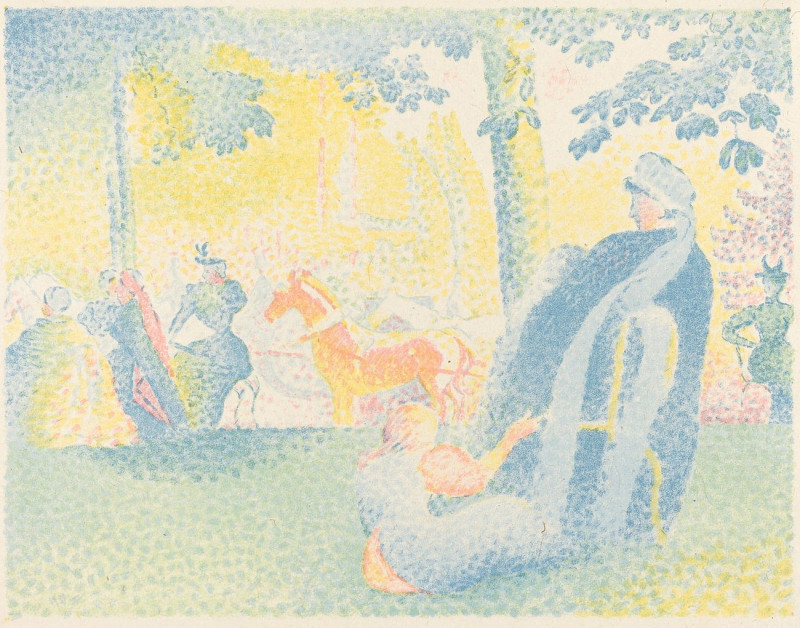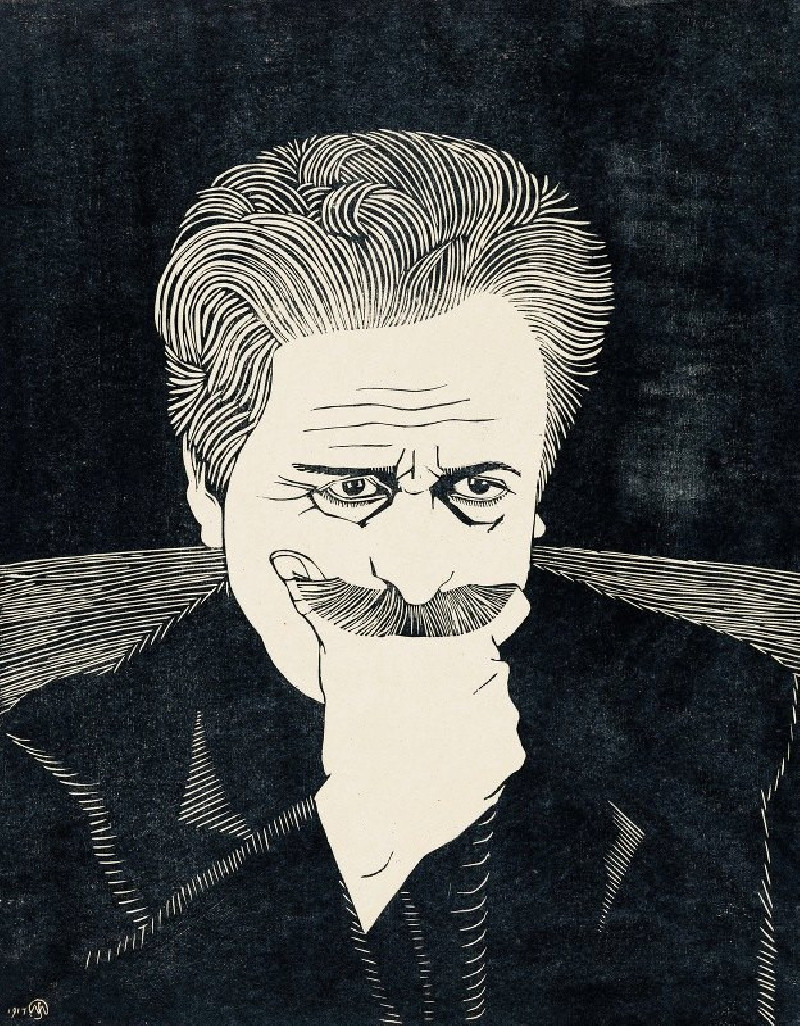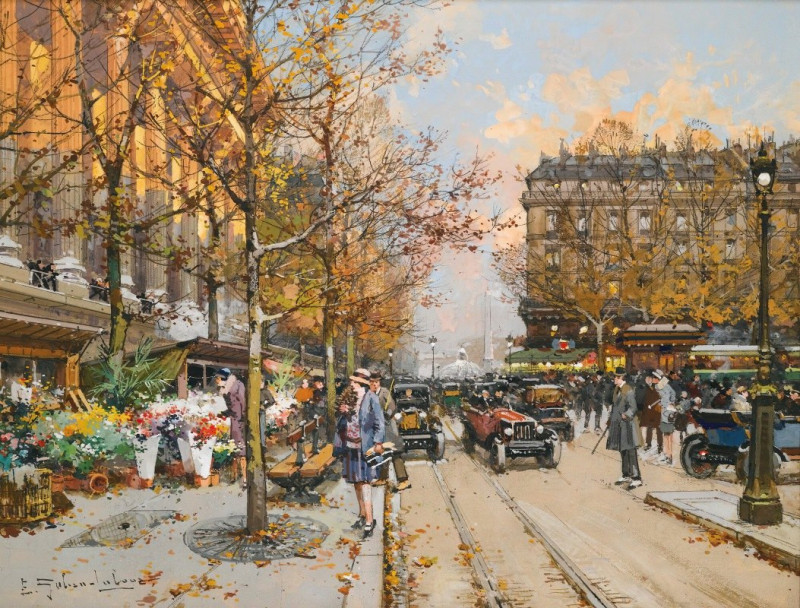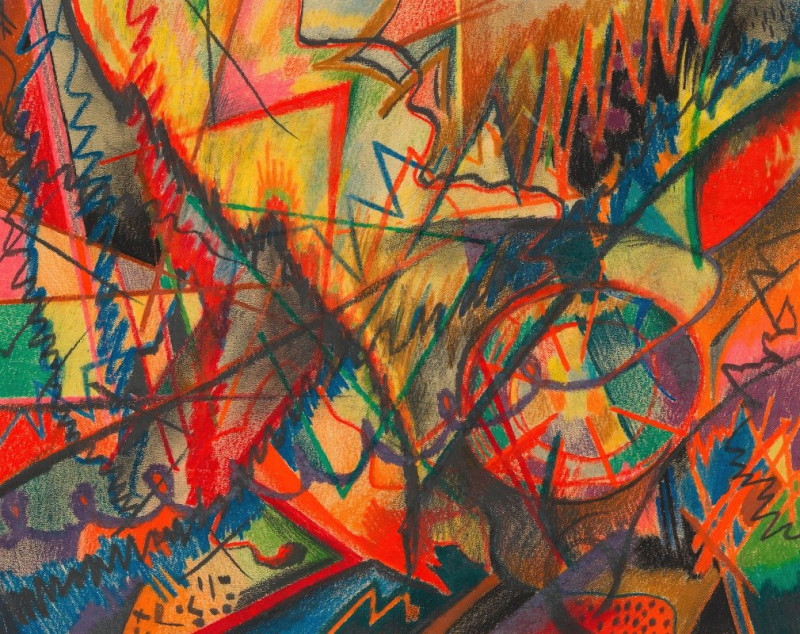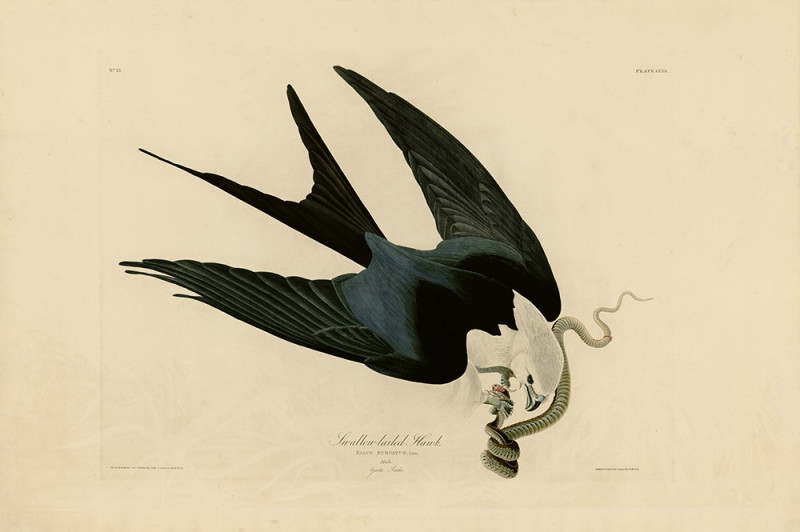Die Geliebte (1915)
Technique: Giclée quality print
Recommended by our customers
More about this artwork
Explore the vivid and emotive world of Ernst Ludwig Kirchner with his compelling piece, "Die Geliebte" (1915). This remarkable work highlights Kirchner's expressionistic style, characterized by striking colors and bold, distorted forms that communicate deep emotional resonance.In "Die Geliebte," we see a figure rendered with sweeping, angular lines that create a powerful sense of both tension and grace. The subject, a nude woman, is seated, her body twisted in an introspective pose that suggests deep contemplation or sorrow. The use of contrasting pink hues against a moody, dark background amplifies the emotional intensity of the scene. Surrounding her are abstract elements and shapes, including what appears to be a patterned curtain and a dark, enveloping shadow, contributing to a feeling of enclosure and introspection.Kirchner's choice of colors - vivid pinks and deep blues and blacks - highlights the drama of the composition, drawing viewers into a personal moment of vulnerability and existential reflection. This piece is a stunning exemplar of Kirchner's talent for conveying psychological depth and his bold departure from traditional figurative painting.
Delivery
Returns
Ernst Ludwig Kirchner (1880–1938) was one of the most important German Expressionist painters. He was a co-founder of Die Brücke, a group of German expressionist artists formed in Dresden in 1905. Die Brücke and Kirchner took inspiration from Vincent Van Gogh and Edvard Munch, as well as African and Oceanic art. They used woodblock printing as a medium to showcase their signature style: flat, unrealistic images with vivid colors. The recurring themes in Kirchner's artworks included exotic cultures, faraway landscapes, self-portraits, dancers and Berlin street life. His paintings and prints effectively portrayed non-European cultures despite the fact that he never traveled outside of Europe.

